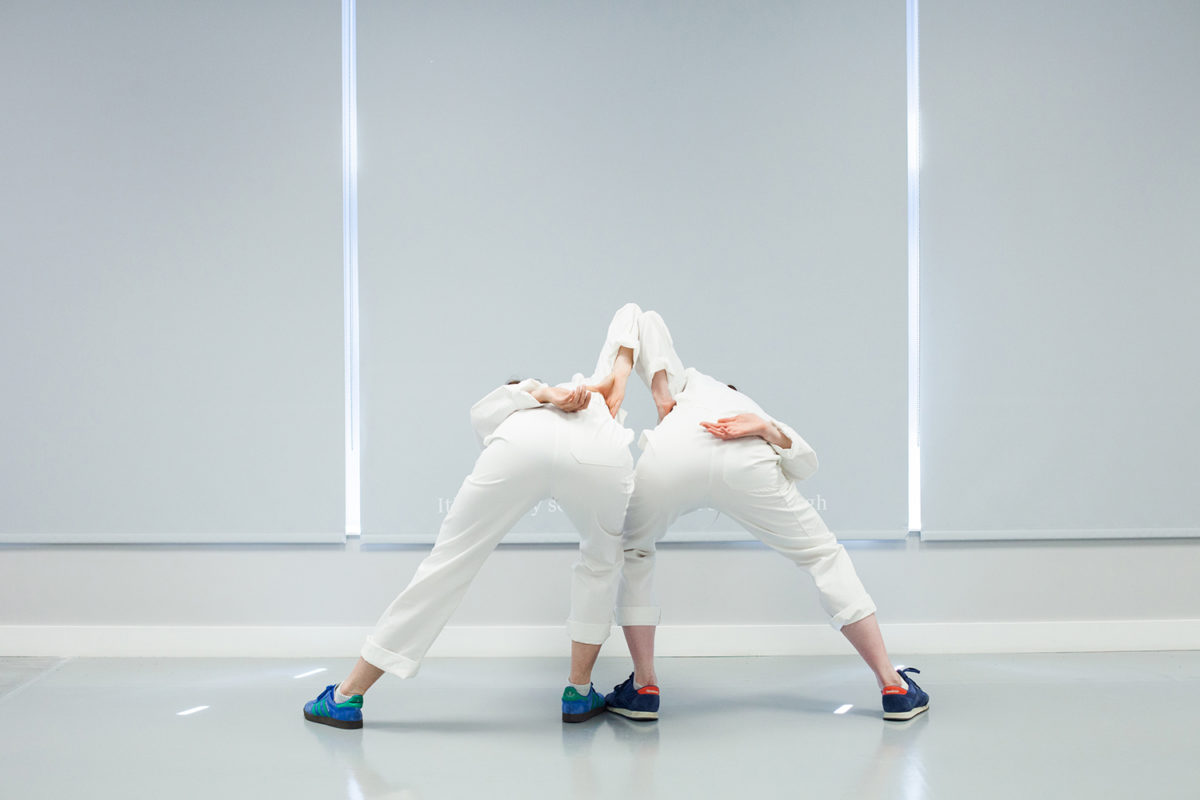For #6 Perform of Photography+, we spoke to Alexandra Davenport about her practice, her background in dance and how the two come together.
Could you explain your practice and how you work in a few sentences?
My practice traverses performance, photography, text, moving image, and research. Signalling back to my history in dance (I trained as a dancer up to the age of 18), my work is centred around the gestural body, and adopting choreographic tools and strategies from dance as a means to explore the performativity of image-making. Often starting in the archive or from a historical anecdote, my broader research interests include intersectional feminism, neuroscience, and the history of photography.
What one thing has most helped to shape your practice?
I would have to say dance. I’ve had a love of photography and dance for as long as I can remember, but didn’t initially realise the full potential of their coming together. During my undergraduate degree at London College of Communication, I took a dance elective just down the road at Siobhan Davies Studios – and it completely changed everything for me. I was introduced to a whole different history of dance, as well as artists who work with dance across artistic disciplines, such as the Judson Dance Theater collective. By studying such artists, I became really interested in the relationship between dance and the camera, and in the expansive possibilities of choreography.


Why photography? Why the still image?
I’ve always had a fascination with images, and again it perhaps comes back to dance. Growing up as a dancer, your time is pretty much consumed by looking at yourself (and others) in a mirror. And if you’re not looking in a mirror and analysing, then someone else – a teacher, an audience, an examiner – is. Photography was very liberating for me, and perhaps that comes down to a control thing. Bodies can be unruly and unpredictable, but there was something about photography and the still image that gave me a different language to operate within – one I felt that I could really take ownership over, and use as a tool to question and interrogate ideas. I gave an artist talk at Wake Forest University in North Carolina last year, and an audience member, a visiting lecturer from the dance faculty, observed that in my earlier works I often used the still image as a means to explore movement, whereas in more recent work I was using movement as a means to explore stillness. I’m not sure when this shift happened, but now my work is less concerned with the photographic frame as a space or opportunity for performance, but rather explores the body more broadly as an image.
Where do your ideas begin?
Lots of places! Sometimes it’s an image, a book, a word, an observation in daily life – I’ve even found inspiration while binge-watching Netflix. Whatever it is, it’s often a jumping-off point for research, which usually takes the form of reading and, more recently, movement workshops. There’s a really beautiful quote from Siri Hustvedt in her book A Woman Looking at Men Looking at Women, where she notes: ‘The truth is that the more I know, the more questions I have. The more questions I have, the more I read, and that reading creates further questions. It never stops.’ This sentiment really resonates with me. Dealing with lots of research, I often end up down rabbit holes, wondering whether the work will ever come to the surface. I’m starting to learn that, for me, the reading and the research are as much part of the work as the work itself. This process can feel time consuming, lengthy, and unproductive, but I’m learning to be patient. Choreographer Deborah Hay once asked ‘What if where I am is what I need?’ I always bring myself back to this whenever I’m feeling frustrated, and it helps (a bit).


What’s next?
I’m currently in the research phase of a new project that involves an artist book and performance, and I’m really excited by it. I’m also a recipient of one of the 2020 a-n Artist Bursaries, which I feel very grateful for. These kinds of development opportunities are so important for artists, even as a way to develop a new skill or test out a new idea without the pressure of having to produce an exhibition or concrete result. I’ll be using the bursary to further develop the choreographic aspect of my practice, which I hope will inform both my work as well as collaborations with other artists.

Read more Photography+ Learn more about this artist





